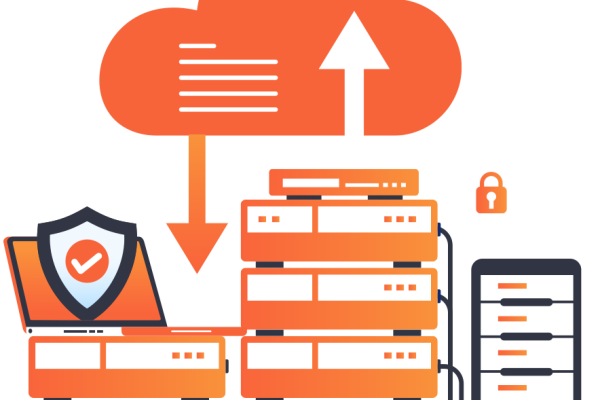
How to Enhance Website Security Using Web Application Firewalls (WAF)
In an era where cyberattacks are increasingly sophisticated, protecting your website is not optional — it’s essential. One of the most effective tools in the cybersecurity arsenal is the Web Application Firewall (WAF). WAFs serve as a shield between your website and the internet, filtering, monitoring, and blocking malicious HTTP/S traffic. This article explains how WAFs work and how they can significantly strengthen your website’s security.
What Is a Web Application Firewall (WAF)?
A Web Application Firewall (WAF) is a specialized security system that filters and monitors HTTP traffic between a web application and the internet. Unlike traditional firewalls that guard network traffic, WAFs are designed specifically to protect web applications by detecting and preventing common attacks like SQL injection, cross-site scripting (XSS), and more.
Benefits of Using a WAF
Protection Against Common Web Threats
WAFs can block known threats like SQL injection, XSS, CSRF, and remote file inclusion before they reach your application.Real-Time Traffic Monitoring
With real-time traffic analysis, WAFs can detect suspicious activity and block malicious requests instantly.DDoS Mitigation
Some WAFs come with built-in DDoS protection, filtering out harmful traffic without affecting legitimate users.Improved Compliance
Using a WAF can help meet security requirements for standards such as PCI DSS, HIPAA, or GDPR.Zero-Day Exploit Prevention
Advanced WAFs can detect and block previously unknown vulnerabilities using behavior analysis and heuristic algorithms.
How WAFs Work
WAFs operate by sitting between the client (browser) and your web server. When a request is made, the WAF inspects it for any malicious patterns or anomalies. If a threat is detected, the WAF blocks the request or sanitizes it before forwarding it to your server.
There are typically three deployment models:
Network-based WAFs (hardware appliances)
Host-based WAFs (software on the web server)
Cloud-based WAFs (e.g., Cloudflare, AWS WAF, Sucuri)

A Web Application Firewall is an essential component in a modern website’s security infrastructure. It not only guards against the most common attacks but also provides insights and control over incoming traffic. Whether you’re running a small blog or a large e-commerce platform, implementing a WAF is a smart step toward securing your digital assets and maintaining user trust.
Best Practices for Using WAFs
Use Cloud-Based WAFs for Scalability
Cloud WAFs are easier to implement, maintain, and scale — especially for growing businesses.Update WAF Rules Regularly
Regular updates ensure that your WAF can defend against the latest threats and exploit techniques.Integrate WAF with Other Security Tools
Combine your WAF with intrusion detection systems (IDS), CDNs, and monitoring tools for layered protection.Analyze WAF Logs and Reports
Reviewing traffic reports helps you understand attack patterns and adjust your rules accordingly.Customize Rules for Your Web App
Default rules are helpful, but custom configurations aligned with your app’s behavior can enhance accuracy and reduce false positives.
